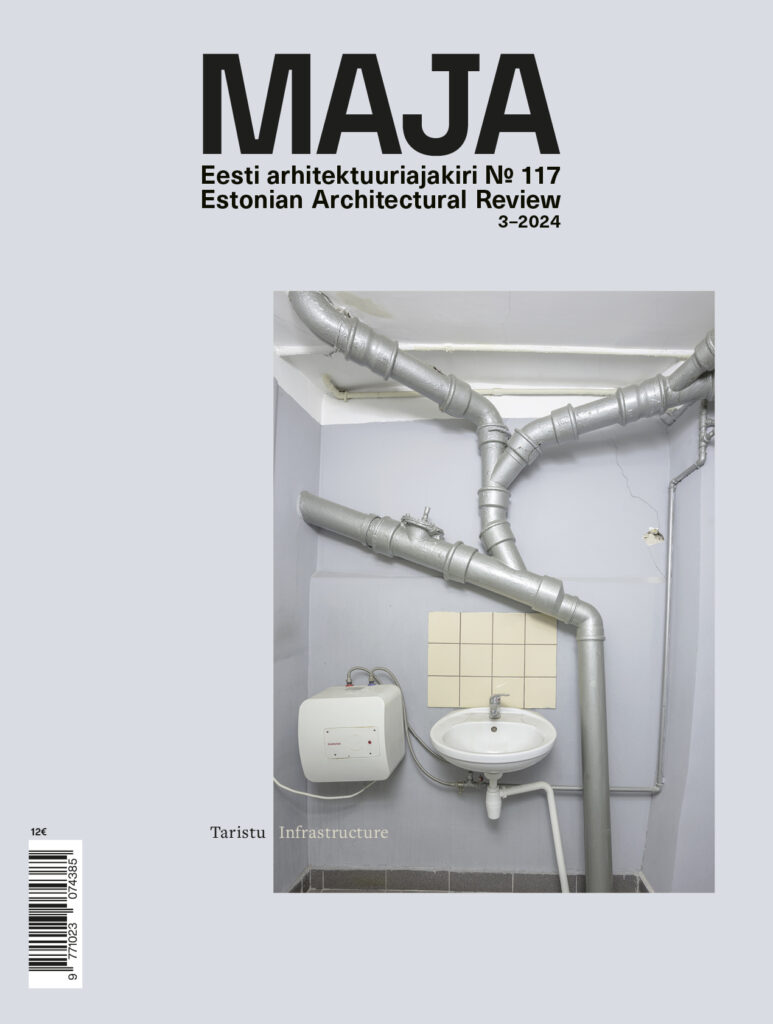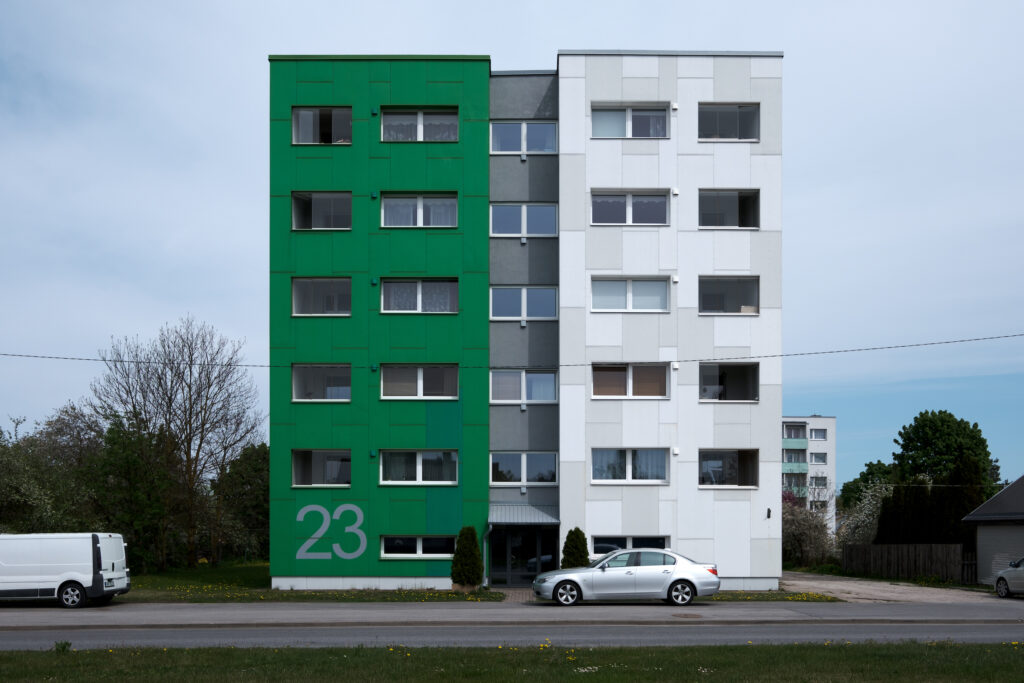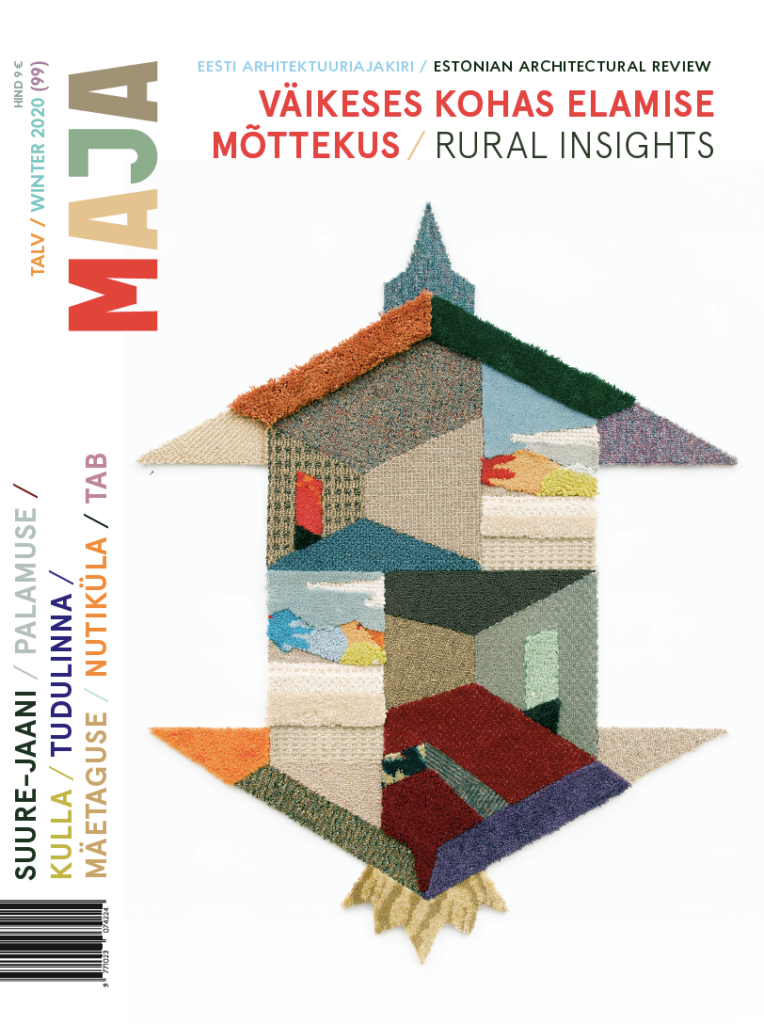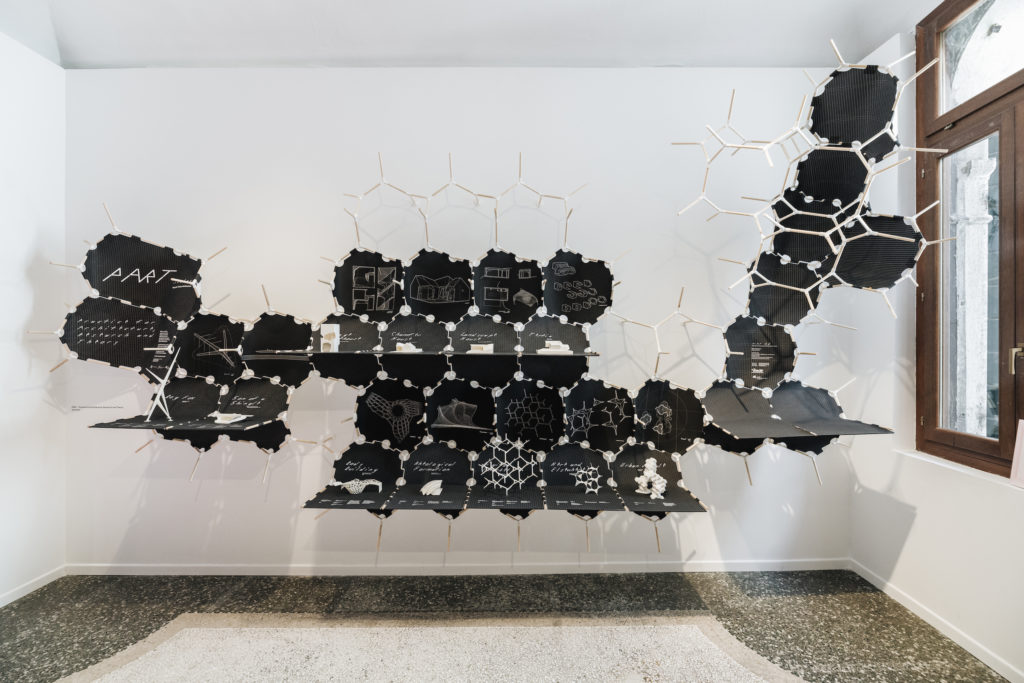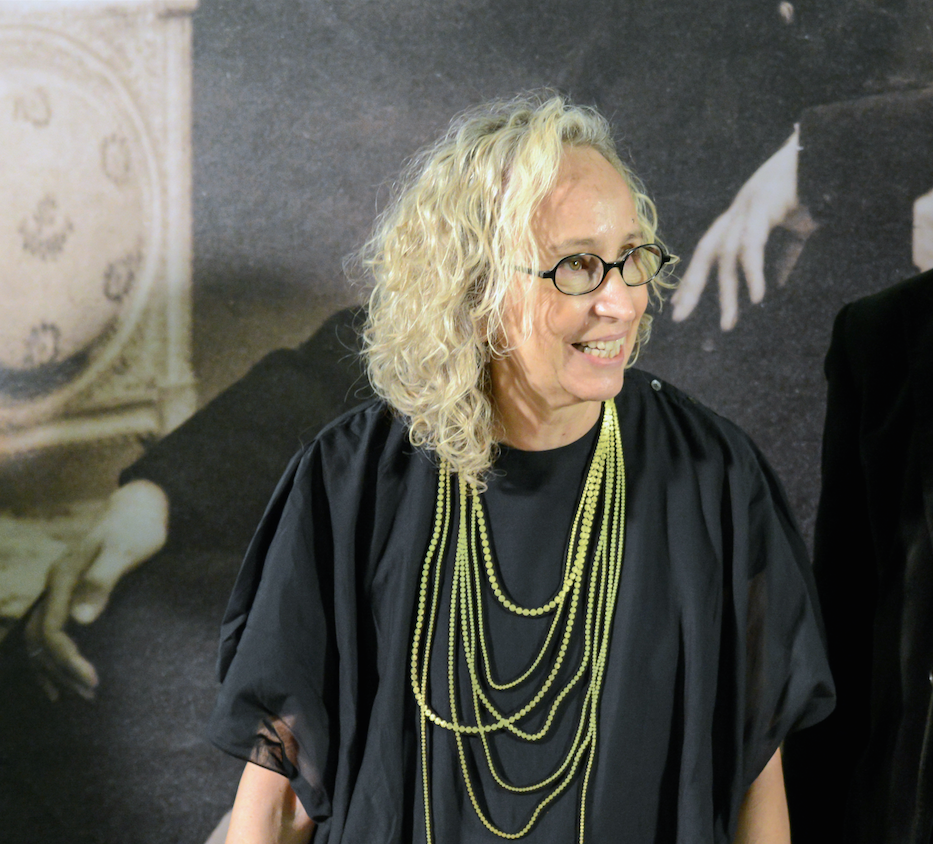These days, to be is to be connected. Electricity, heat, road and street networks, internet connections, and water supply—it is as if all these intersecting and sometimes overlapping networks have become basic human rights. If these networks function well, our dependence on them goes unnoticed—we rarely take a moment to acknowledge the energy that travels across the sky, through underground and underwater pipelines, through wall cables, into millions of devices. On the other hand, when something disrupts the functioning of these networks, be it military aggression by a tyrannical neighbour, a sharp rise in prices, or catastrophic weather events, the political, economic, ethical, and often also spatial dimensions of these structures suddenly become apparent.
Improving the architectural quality of the existing housing stock requires integrating engineering solutions with architectural decisions. In the ongoing renovation marathon, it is important to discuss what kind of added value could be drawn from the existing to unleash the full spatial potential of renovation and to create good user-friendly spaces, writes Diana Drobot.
The expiration of a building’s service life does not mean the building has exhausted itself, say Simo Ilomets and Anni Martin. They see the renovation of Estonia’s ageing housing stock and the reuse of building material as a technical as well as a creative challenge where architects’ involvement is essential.
There are several unique historical architectural layers in Tallinn with the short period of wooden apartment buildings constructed in 1870–1920 standing out as one of the most distinctive spans. The most captivating of the standardised projects of the time is the Lender building named after the engineer and mayor of Tallinn.1 It is an adjustable pattern-building: mostly a two-storey wooden apartment complex with a generous degree of flexibility in layout and volume thus allowing the construction of bespoke houses.
Johan Tali is the winner of the 2021 Young Architect Award from the Estonian Association of Architects. He earned this distinction for his wide-ranging activities as an architect, curator, lecturer and populariser of architectural topics.
Does the legal space facilitate or hinder us in turning living environment in Estonia smart and in a smart way?
The top-level conference held at the Estonian Academy of Arts during the Tallinn Architecture Biennale dealt with the effect of digitality on architecture, production processes and society.
Maja 2020.a. talvenumber on ilmunud!
The translation of human thinking and machine thinking in architectural design is ambiguous, their mediation requires the architect to ask the questions “How come?” and “What for?” over and over again in the process.
The interview is based on Yael Reisner’s lecture Why Beauty Matters in Architecture; the cultural bias, the enigma, and the Timely pursuit of New Beauties given at the Estonian Academy of Arts in February 2018. She was also chosen to be the head curator of Tallinn Architecture biennale in 2019 with her chosen title Beauty Matters, The Resurgence of (the temporarily dormant) Beauty.
No more posts
ARCHITECTURE AWARDS


